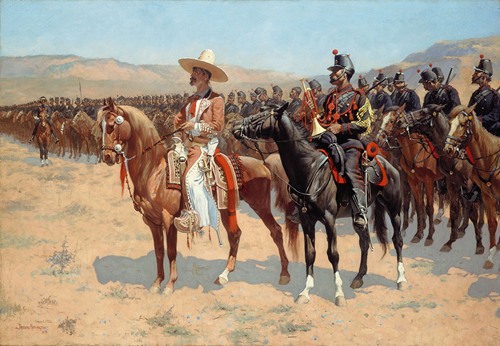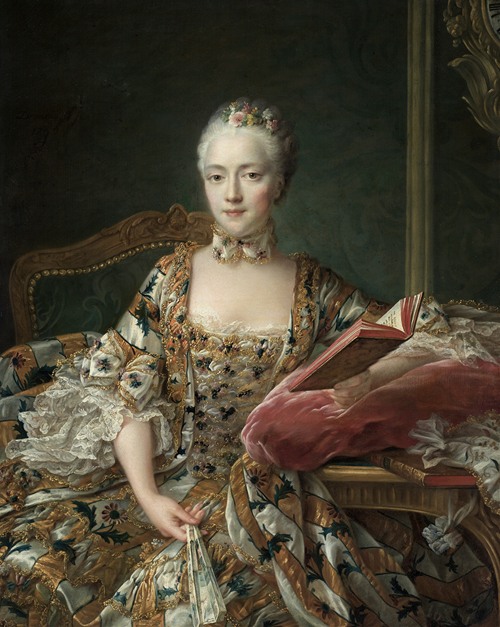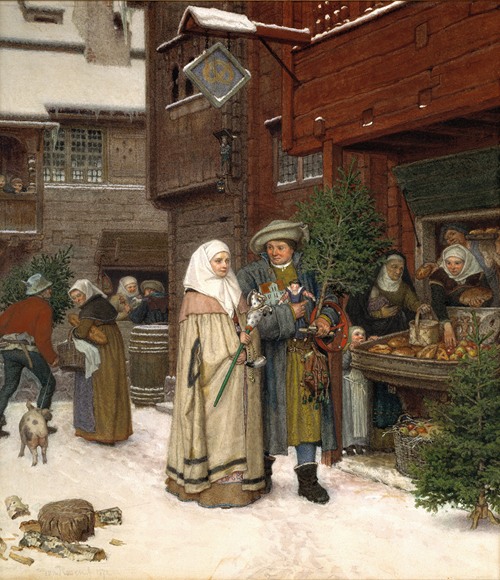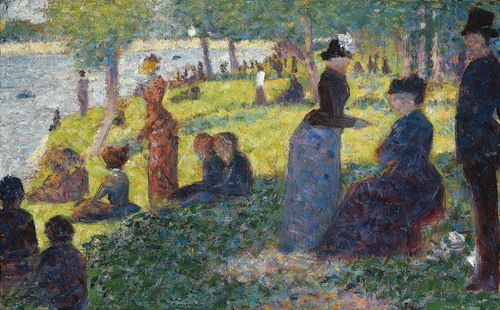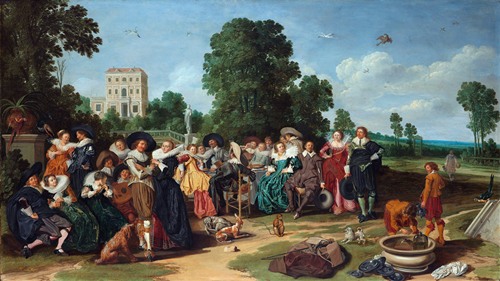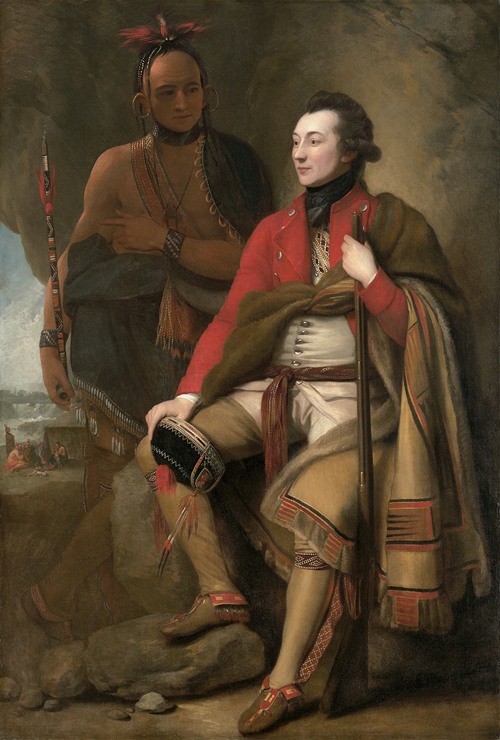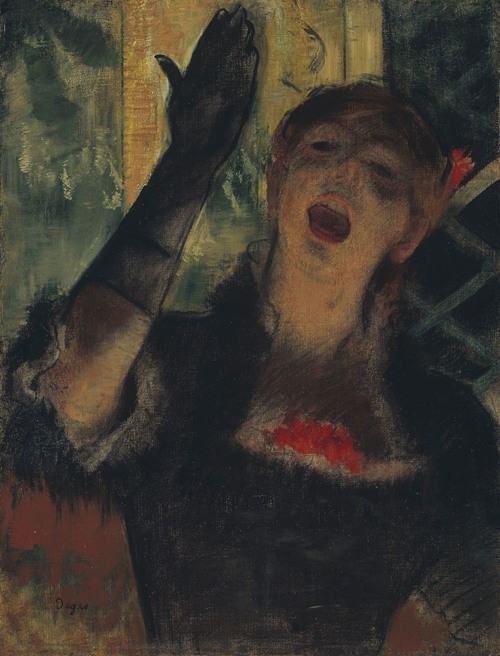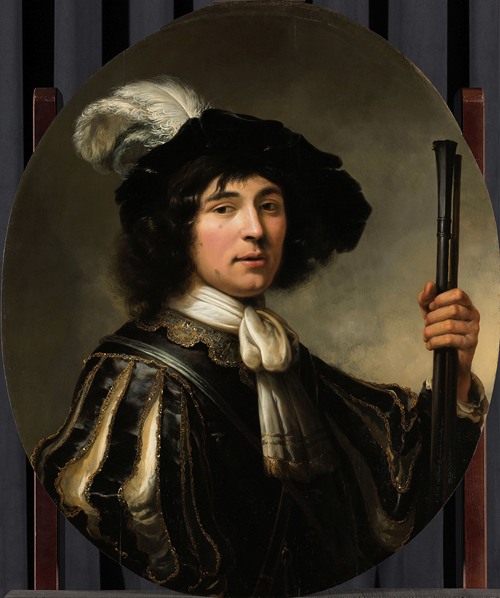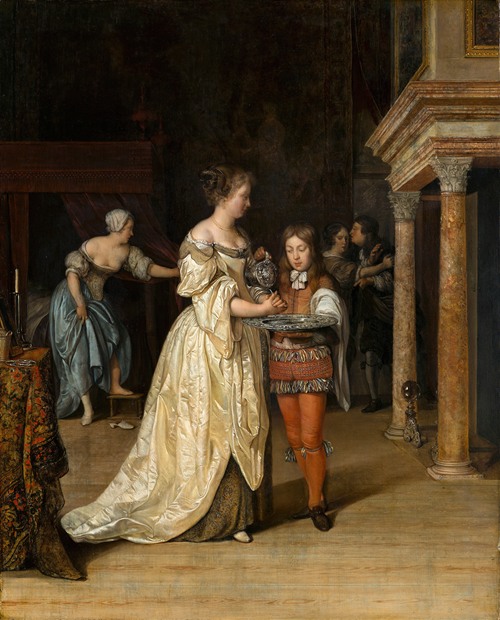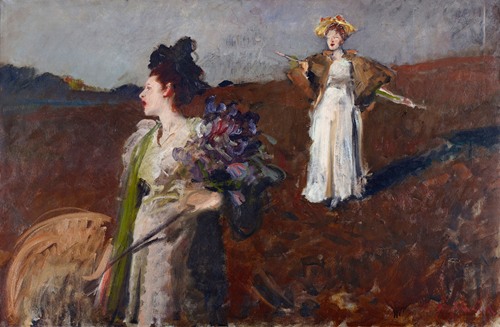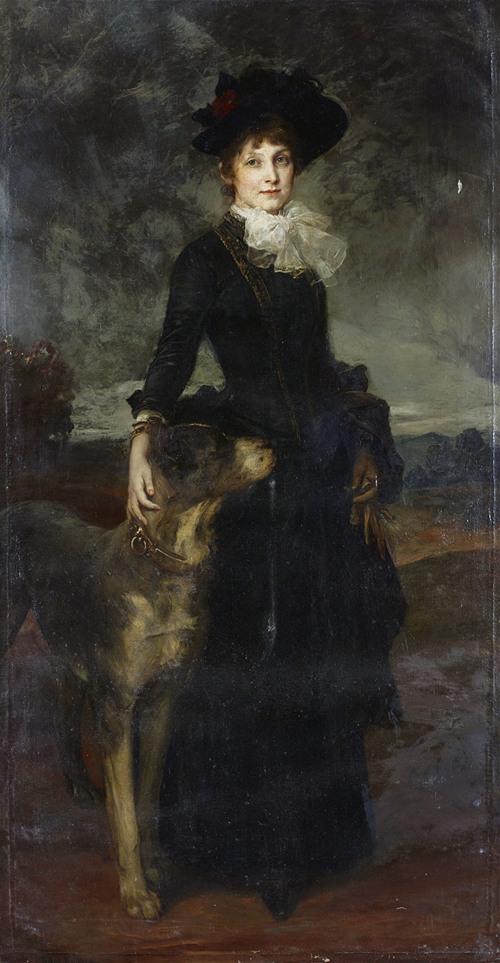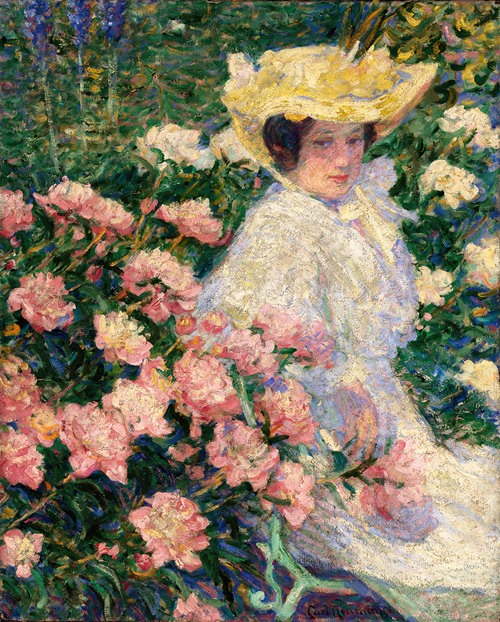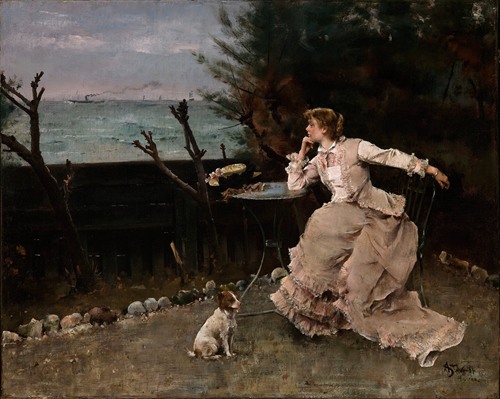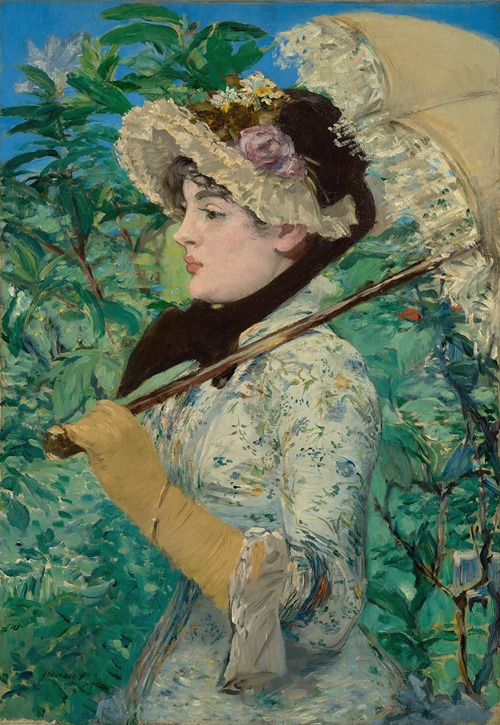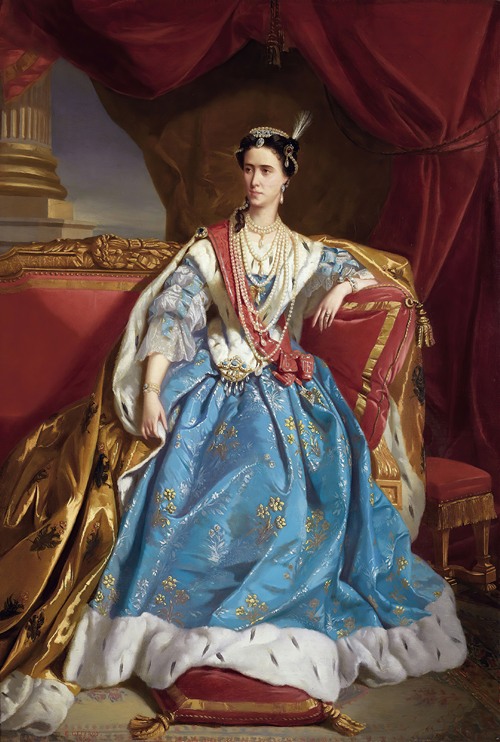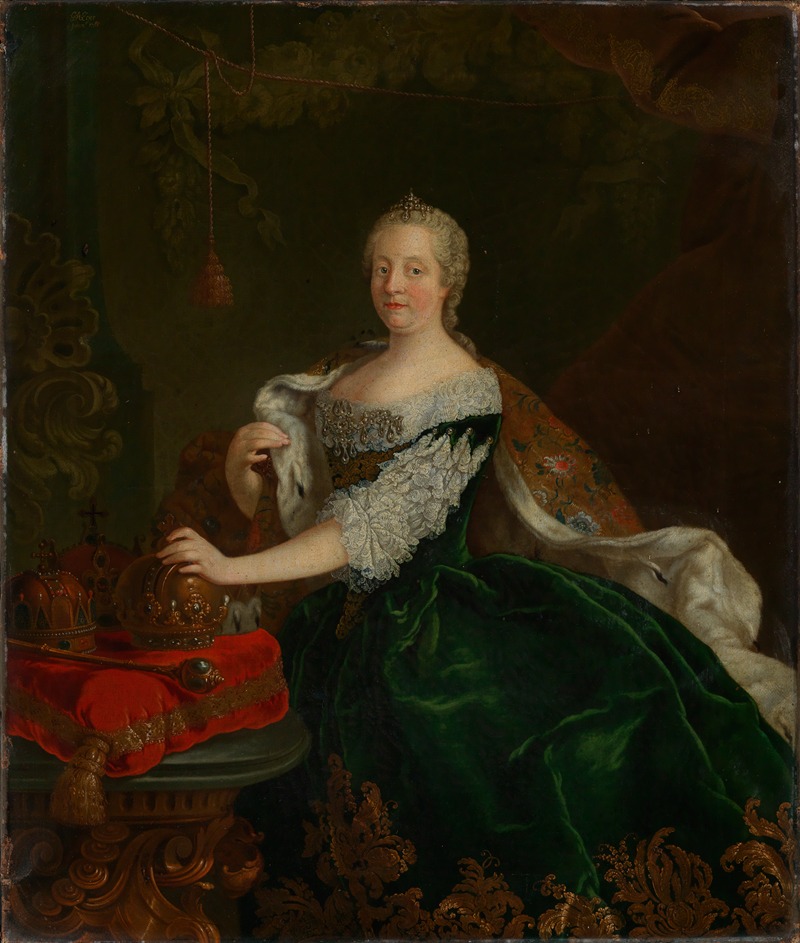
Georg Adam Eger was a German painter who worked exclusively in southwest Germany and was best known for his hunting and nature paintings. He worked at the court of the Landgraviate of Hesse-Darmstadt and the majority of his works from this period can now be found in the Kranichstein Hunting Lodge, whose collection includes around 40 of his paintings.
He was born in 1727 as the son of the turner and clockmaker Johann Friedrich Eger (1690-1745) and his wife Maria Regina Zügel († 1760) in the small town of Murrhardt, which at the time belonged to the Duchy of Württemberg. Of his nine siblings, only two sisters and one brother reached adulthood.
Georg Adam Eger was married to Maria Juliana Katharina Fritz (1737/38-1794), the daughter of the Darmstadt castle administrator Andreas Fritz. The exact date of the marriage is not known, but their son Andreas was born in 1757 and daughter Johanna Dorothea Regina in 1759. After the death of his wife, Eger lived as a widower for another 14 years before dying of old age at the age of 81 in 1808. Two days later, he was buried in the Murrhardt cemetery.
After completing his education, he entered the service of Landgrave Ludwig VIII of Hesse-Darmstadt in 1748. He had a great passion for hunting and Eger was his constant hunting companion for the next 20 years - often together with his fellow painters Johann Georg Stockmar and Johann Tobias Sonntag. He was appointed valet de chambre as early as January 2, 1749. The following year, 1750, he traveled to Vienna on behalf of the Landgrave together with the clockmaker brothers Ludwig Johann and Friedrich Knauss to present the “Imperial Presentation Clock” to the imperial couple Franz I Stephan and Maria Theresia on the occasion of their double jubilee. He had designed the stage set and the figures of the clock's automatic theater. Eger was appointed Chamber Hussar in 1756 and was first mentioned as court painter in 1757, although he did not officially bear this title. It was only after the death of Johann Christian Fiedler that he was finally appointed second court painter on October 23, 1765.
In the same year, he was also involved in the artistic decoration of the Dianaburg hunting lodge. During his two decades at the court of Darmstadt, Eger had a well-equipped studio in the Kranichstein hunting lodge. He mainly produced paintings of the landgrave's hunting trophies and frequently depicted hunting events in front of the state's hunting lodges. He also occasionally created portraits, for example of Hereditary Princess Karoline Henriette, the chamberlain Andreas Csepreghy and the landgrave himself. Several of his paintings served as models for engravings by the Augsburg artist Johann Elias Ridinger and for etchings by Heinrich Philipp Bossler, with whom Eger was on friendly terms. Parallel to his courtly activities, from the 1740s onwards he also occasionally painted miniature paintings of Schwäbisch Hall councillors “in a very clean and delicate style”.
After the death of his employer Ludwig VIII in October 1768, his son Ludwig IX dismissed Eger, whereupon he left Darmstadt. He next found employment with Prince Ludwig Friedrich Karl von Hohenlohe-Neuenstein-Öhringen at Weikersheim Palace, where he worked for some time as a portrait painter. He then lived in his home town of Murrhardt again from 1783 at the latest. There he took on portrait and restoration commissions, which took him as far as Schwäbisch Hall, Backnang and Göppingen.
